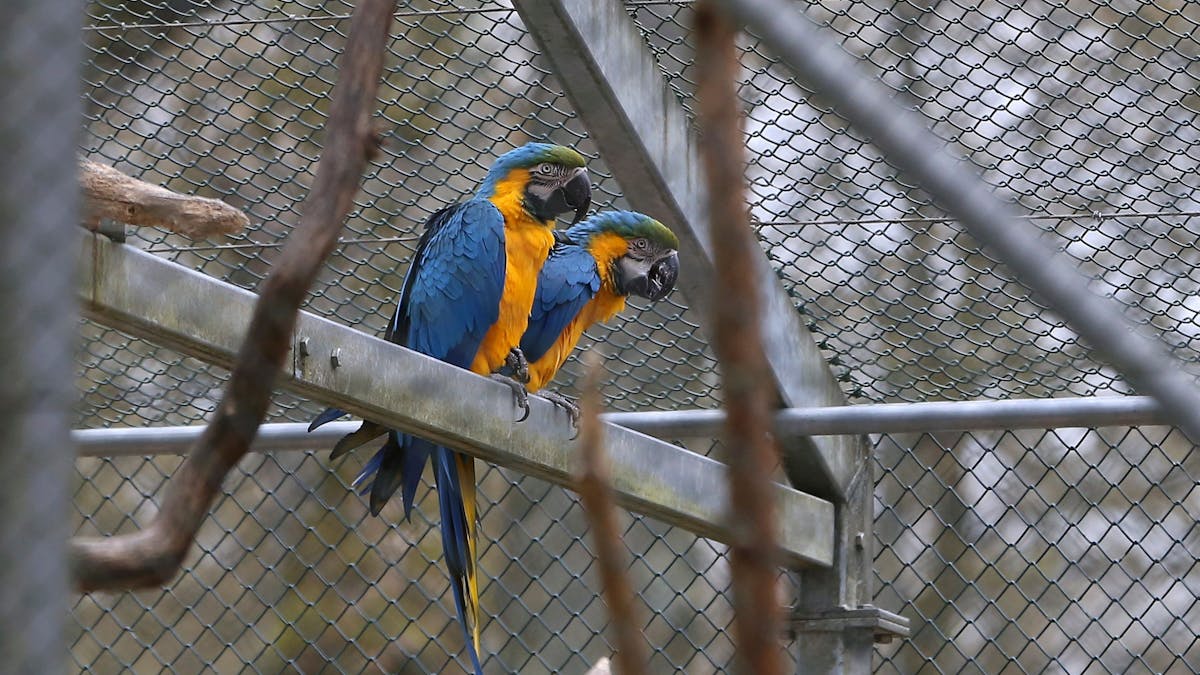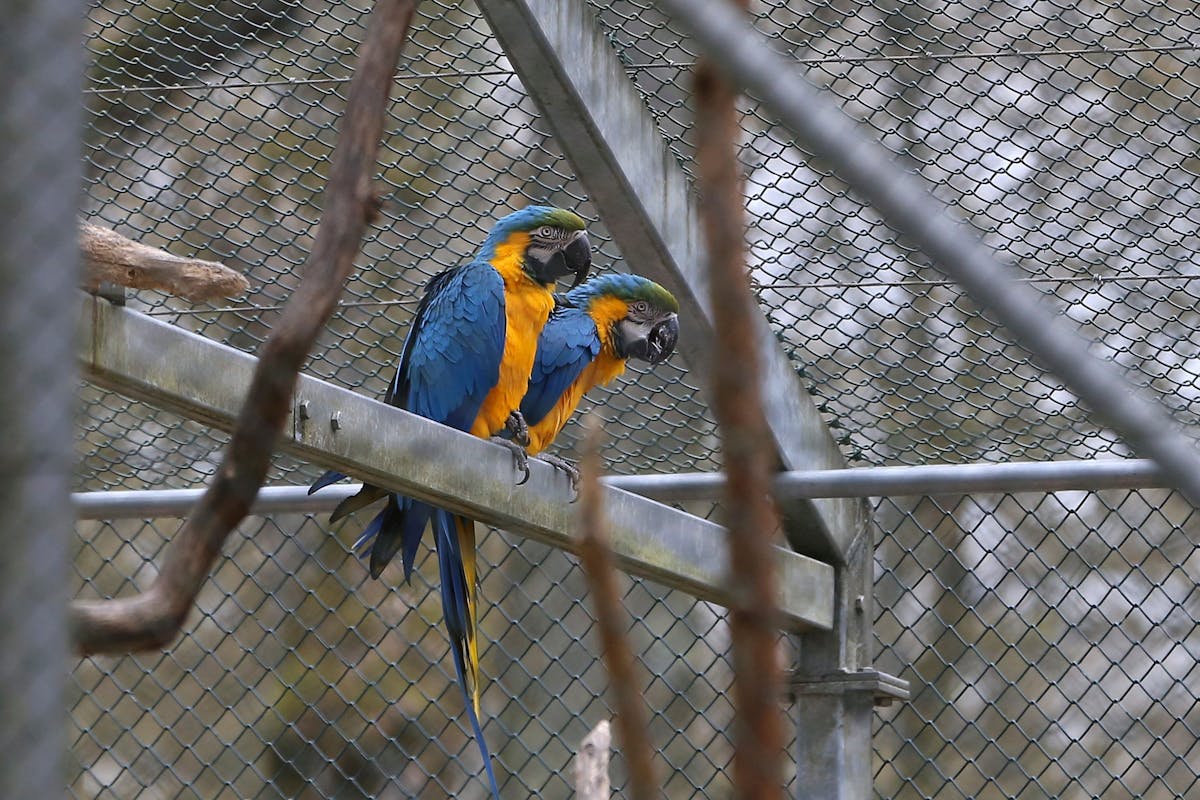Health: Parrot disease kills five in Europe, where is Luxembourg?

published
HealthParrot disease kills five in Europe, where is Luxembourg?
According to the WHO, the number of people infected with parrot disease in Europe is higher than usual. Here is the situation in Luxembourg.
- by
- Vs.

Parrot disease has killed five people in Europe.
editpress
Parrot disease, caused by the bacterium Chlamydia psittaci, is gaining ground in Europe. The increase in cases in Austria, Denmark, Germany, Sweden and the Netherlands was “particularly marked from November and December 2023”. The increase is “unusual and unexpected,” notes the World Health Organization (WHO). About a hundred people have been infected with this contagious disease, also called ornithosis or psittacosis, in recent months. Four died in Denmark and one in the Netherlands.
This pathogen, found in about 450 species of birds, is mainly found in parrots, parakeets and pigeons. Five deaths linked to the disease have been reported, including four in Denmark and one in the Netherlands. The Luxembourg Ministry of Health is currently not aware of any cases among residents. Ornithosis is not a notable disease in humans, says a spokesperson necessary.
“However, if a serious case requiring hospitalization arises, it will most likely be reported to the health authorities by a competent doctor,” the spokesperson added. A situation not seen in recent years in the Grand Duchy. However, the disease must be declared when it affects animals. “When a veterinarian notices a case of chlamydia, he informs the authorities,” says the Ministry of Agriculture. Animal owners are then informed about the measures to be taken and the potential risks.
What is this parrot disease?
This infectious disease, also known as ornithosis, chlamydia or psittacosis, is caused by the bacteria Chlamydia psittaci. The pathogen is mainly present in parrots, parakeets, pigeons and seagulls. In total, it has been found in about 450 bird species so far. But it can also infect mammals, including dogs, cats and horses. Humans can also be infected.
Beware of dry excrement
Usually, humans are infected by sick animals. Infection occurs mainly through inhalation of dust contaminated with dried droppings, feathers or secretions of infected birds, especially domestic birds. Thus, employees of poultry businesses, poultry farms or poultry slaughterhouses are particularly exposed. There is no evidence that the bacteria can be transmitted through the preparation or consumption of infected poultry.
In humans, the symptoms of psittacosis are flu-like – fever, chills, headache and dry cough – and usually appear five to fourteen days after exposure to the bacteria. Infected people can develop life-threatening lung and heart infections. But taken at an early stage, antibiotics prevent serious complications and reduce the risk of death to 1%.
-
Regularly clean and disinfect cages and enclosures of domestic birds
-
Wear gloves and a mask when handling birds or their plants
-
Avoid direct contact with wild birds
-
Ensure good ventilation in areas where birds are caged to reduce the accumulation of contaminated dust.





